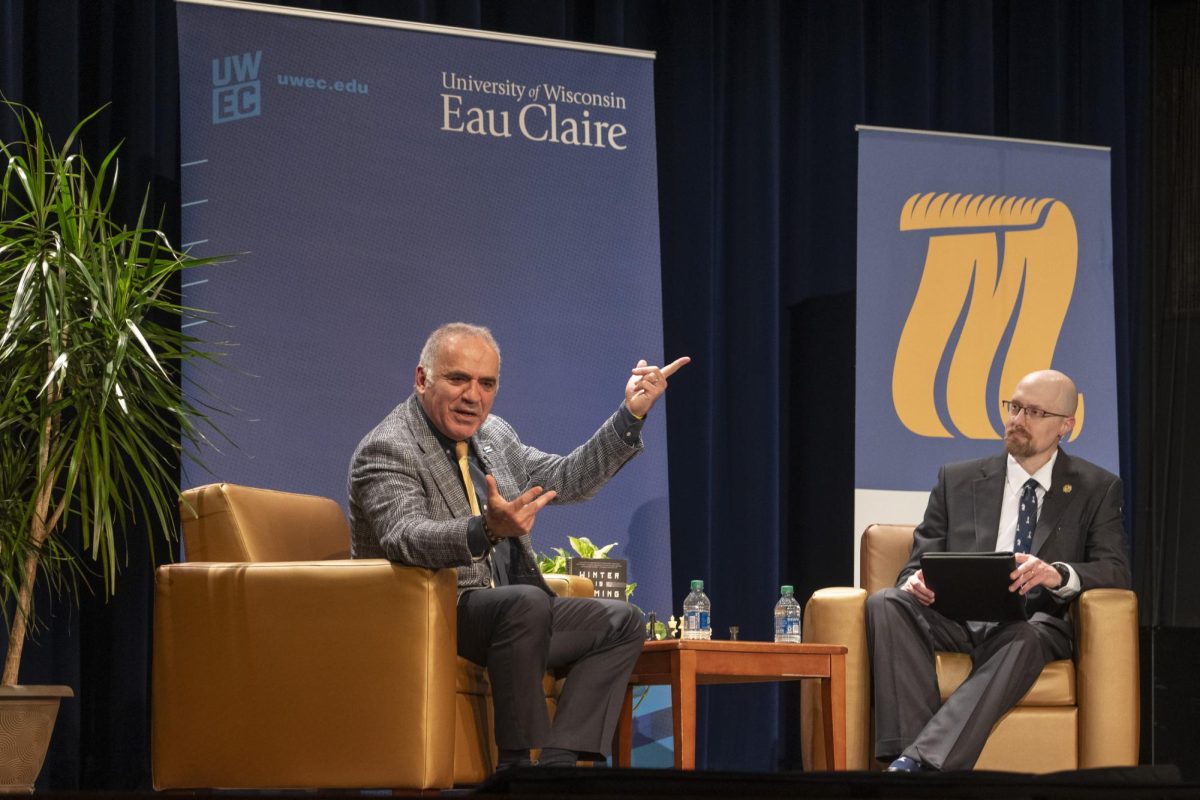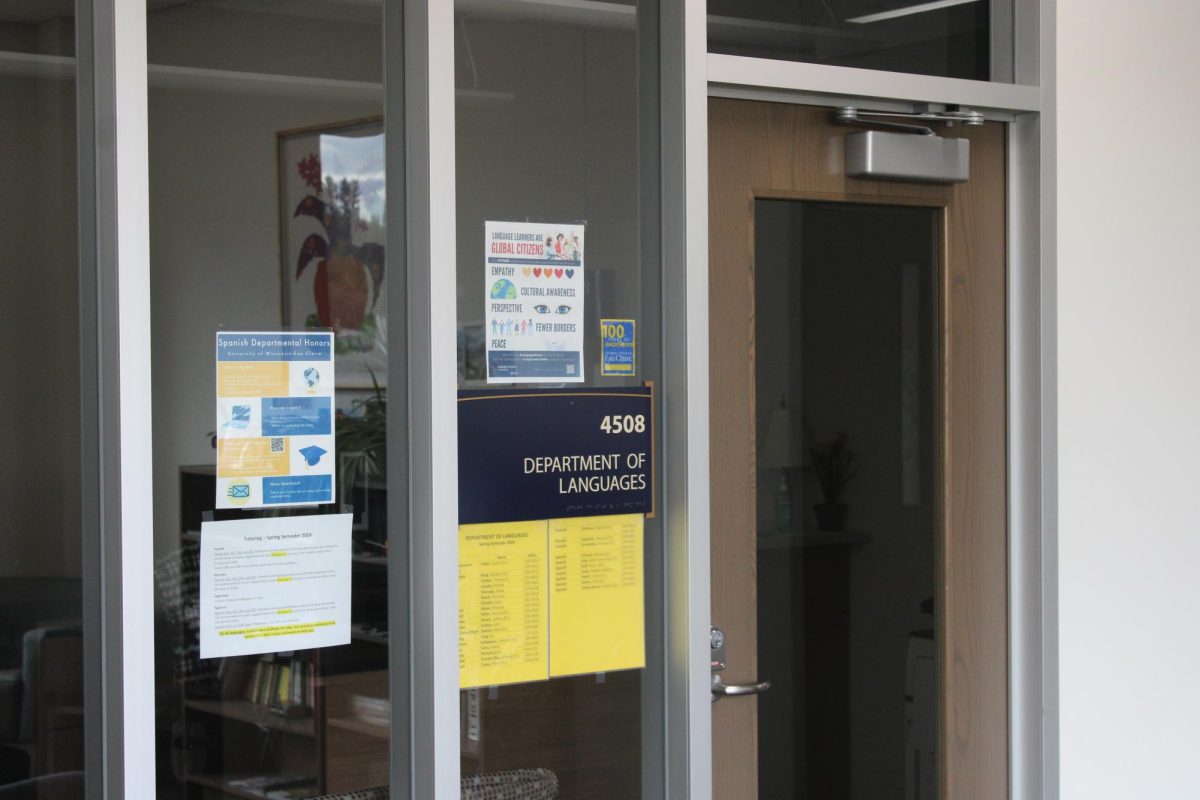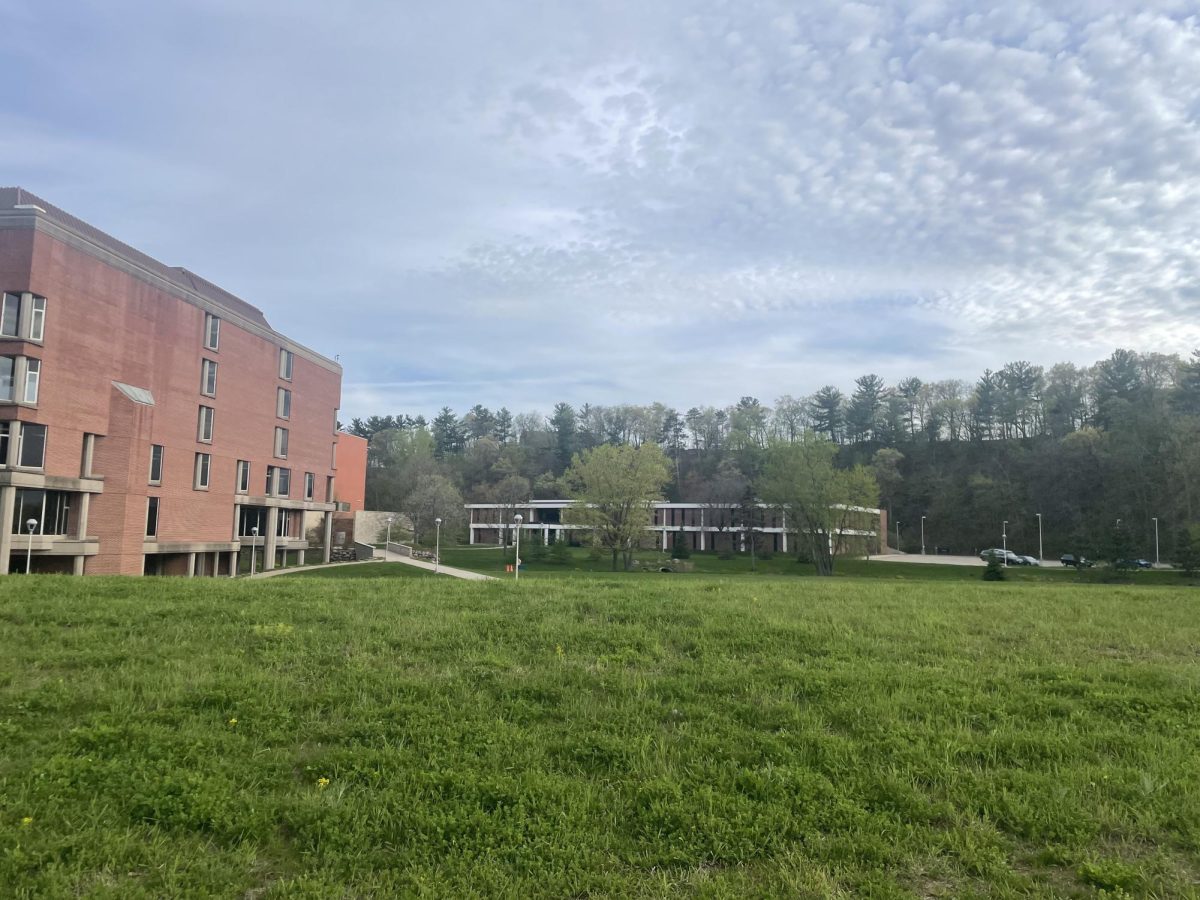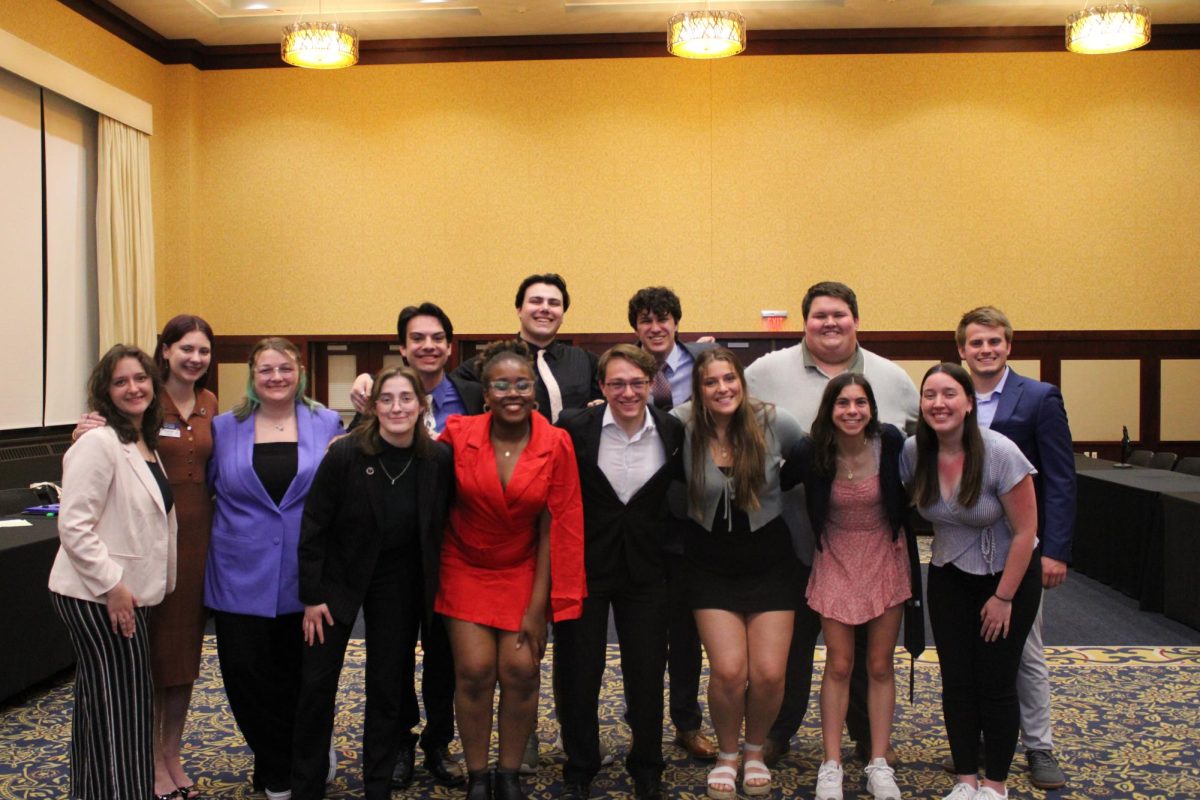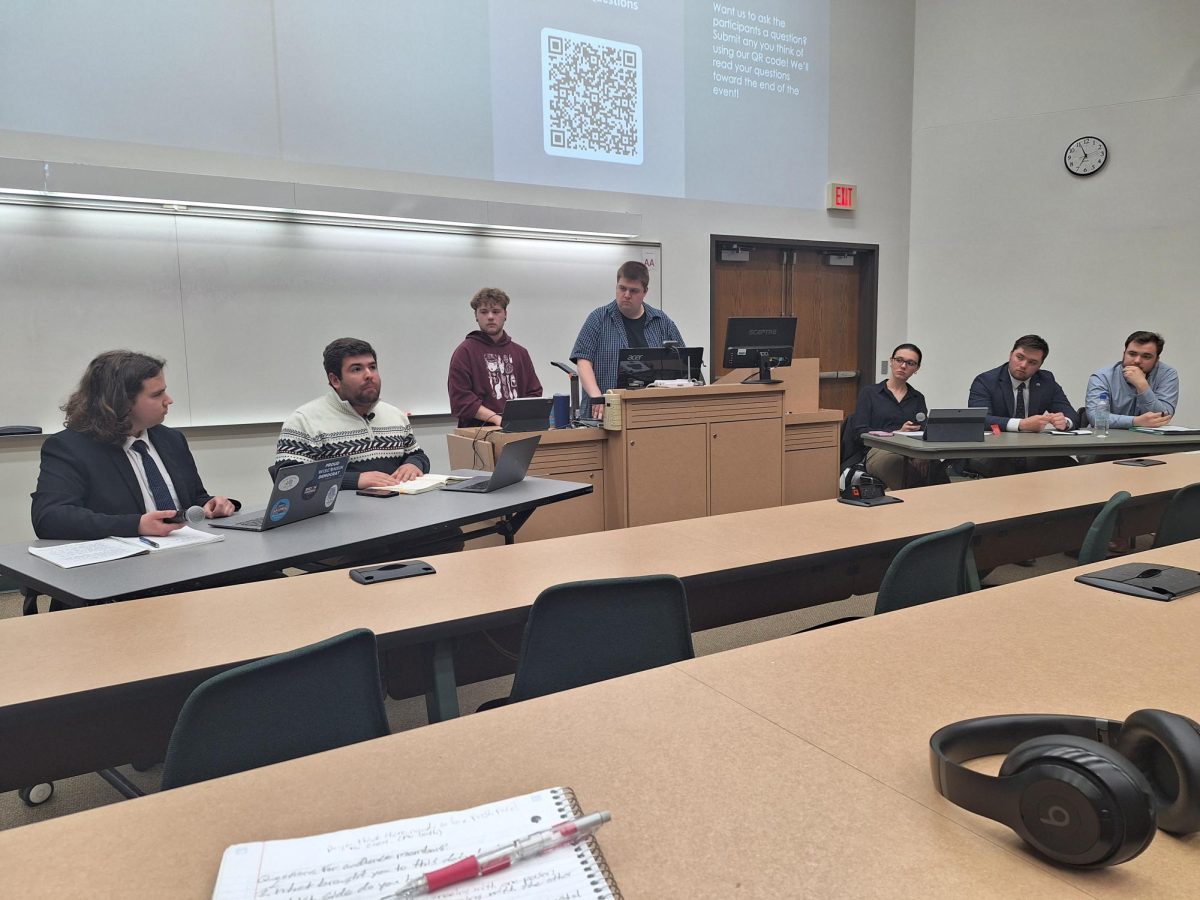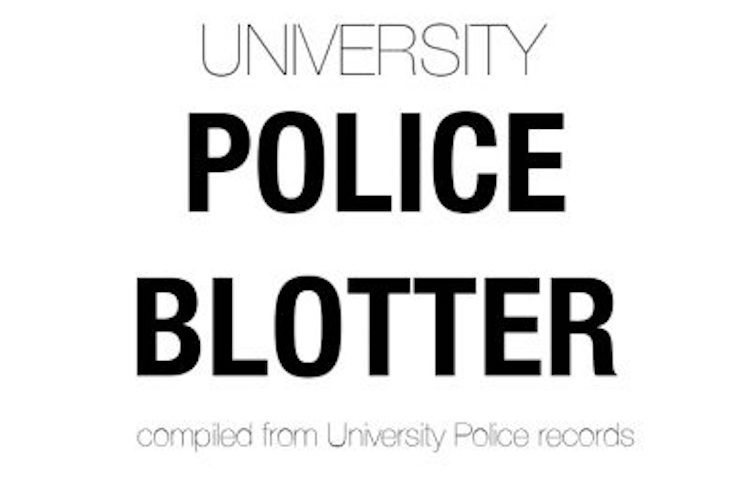 Lyssa Beyer
Lyssa BeyerThough Half Moon Lake currently rests in a frozen state, during the summers the body of water surrounding Carson Park is typically coated with algae.
The cause of the algal blooms is a mystery. A mystery that senior geology major Pat Dryer, along with geography professor Harry Jol, hope to determine by the end of this summer.
“If this proves to be something that’s useful, I think it’ll definitely be valuable (at a national level),” Dryer said. “There are lots of lakes with similar problems all over.”
Dryer said the main objective is to look at how much industrial organic waste is at the lake’s bottom and determining what to do with it. He said the research also involves analyzing the possibility of composting the materials instead of putting them in a landfill.
Originally, the study was simply the depth and history of Half Moon Lake, Jol said. As research continued, they discovered a problem – algal blooms.
During the 1800s, the lumbering industry used Half Moon Lake as a holding pond for materials, Jol said. Sawdust and bark sunk to the bottom and now provide nutrients for the algae to grow, he added.
“Even though it’s organic, it’s still a product,” Jol said. “Naturally it wouldn’t be there – not to the degree that’s there.”
Dryer said he and Jol collect more data in the winter because they are able to walk on the lake, and because the lake is frozen, hauling equipment in boats and getting instruments wet are no longer concerns.
“We’re using ground penetrating radar to basically image the bottom of the lake,” he said.
This helps to decipher where the bottom of the waste is and where the natural lake bottom is. It also provides profiles of the lake, where they calculate how much waste actually exists.
“It sends electromagnetic waves to the subsurface, which gives different patterns depending on the sediment,” Dryer said.
The research of the lake’s condition began in January 2006, when Jol approached Dryer with his idea for the study. Dryer said the project took off once they received the UW System Solid Waste Research Grant in spring 2006, which totaled $7,000.
Dryer says they are awaiting lab results from spring, which will let them know if composting the sediment is a viable option.
Jol said they have already been presenting their research statewide and that people around the world have asked to be updated on the research so they can use similar technology.
Dryer will be presenting their university-funded research at the American Association of Geographers conference this May.
“This research has helped me prepare for graduate school, that’s for sure,” Dryer said. “Especially using equipment that most graduate students don’t get to use.”

